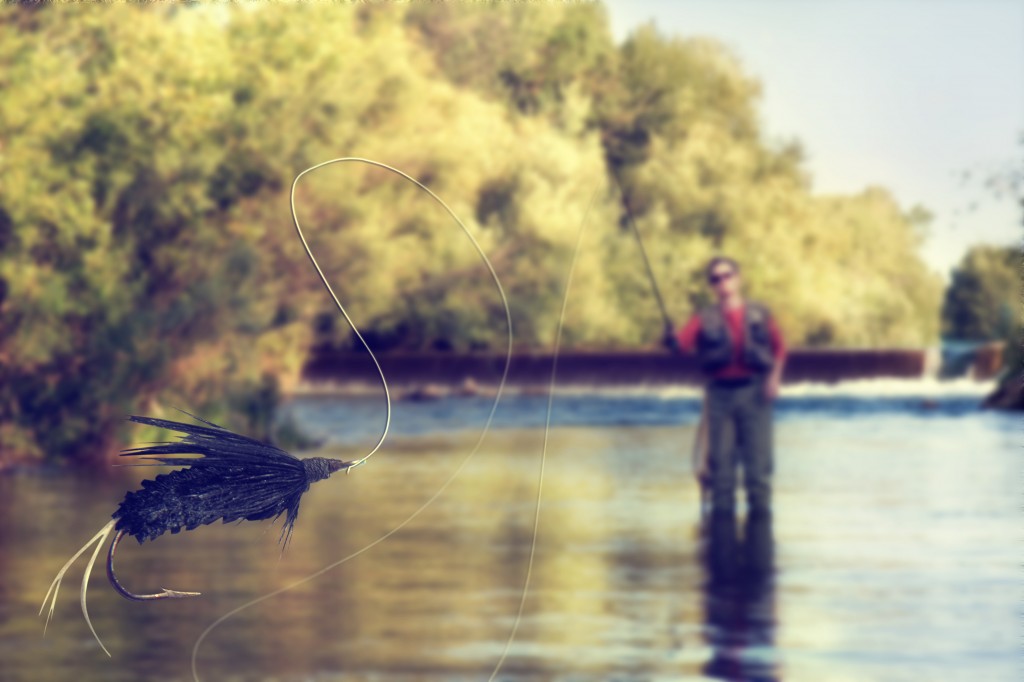The five Great Lakes of Michigan, Huron, Ontario, Erie, and Superior straddle the Canada-USA border to form the world’s largest surface freshwater system. The Great Lakes basin is home to 35 million people. The lakes’ shoreline extends over 10,000 miles with 530,000 acres of coastal wetlands hosting up to 6,000 species of wildlife; millions of birds fly through the area during their spring and fall migrations.
Gone Fishing
The lakes provide ample opportunities for people to enjoy the great outdoors. Recreational boating creates $35 billion of economic activity annually. Fishing, nature watching, and hunting generate $18 billion.
From Lake Superior’s deep cold waters to Lake Erie’s shallower and warmer waters, the lakes provide different habitats for approximately 200 types of fish. Fishing enthusiasts can update their fishing gear from a local store and pursue their hobby from numerous lakeside locations.
The Lakes

Lake Michigan is home to salmon and trout; the smallmouth bass, feeding on the ever-present gobie, is also caught. Other species, such as the yellow perch, northern pike, and carp are found in various ports along the lake. If you are hoping for yellow perch, go to Chicago in June and August, but be prepared to try different areas and not be stuck with a pack of boats. Go to St. Joseph in Michigan for steelheads around the estuary of the river. King salmon follow the cold waters in Manistee, Michigan. From late August to November, you can find pike in Sturgeon Bay, Wisconsin.
Lake Huron offers the best lake trout partly because of the reduction in alewife fish. The alewife fish is an invasive silver baitfish that is the main food of Atlantic salmon, also farmed on the lake. When eaten by the lake trout, alewives cause its larvae to die. The invasion had a devastating effect on lake trout in the 1950s. The reduction in alewife fish has also helped the walleye and yellow perch populations to increase. Smallmouth bass is also netable in Stokes Bay, Ontario, in late June to August. In Linwood, Michigan, walleyes are available from mid-May to mid-July, Atlantic salmon in Detour, Michigan in June, and muskies from Serpent Harbour, Ontario, during the fall.
Lake Ontario is the smallest of the five lakes but has a reputation for the largest Chinook or king salmon. Catches range between 15 and 25 lbs. Although record catches have weighed in at 47 pounds. The size is due to the spawning of alewives to provide a reliable food supply. The bigger fish are typically caught later in the season. Other popular catches at the lake include brown trout in towns like Oswego and Lewiston, New York during July and August; giant walleyes in Picton, Ontario are available from late October to December, although the bigger fish turn-up in mid-November.
Lake Erie has the most significant commercial fishery of all the Great Lakes, with walleye and yellow perch the most common catch. Go to Erieau, Ontario, from July to mid-August to catch steelheads as they work their way down the lake’s tributaries and then move on to Erie, Pennsylvania, to find them from October to November. Smallmouth bass also like the warmer waters, with plenty of opportunities to catch them in Buffalo, New York, and Pelee Island Ontario in July and August. However, they are still around until October.
Lake Superior is known for its lake trout, steelhead, smallmouths, walleyes, muskies, and salmon. Sault Ste. Michigan provides anglers with a chance to catch the northern pike and muskies during June and July; Isle Royale and Stannard Rock, Michigan give opportunities to catch lake trout during July and August, while Ashland, Wisconsin is an excellent location for smallmouth bass anytime between June and when the lake freezes.
The Great Lakes has the infrastructure and the hospitality to cater to all types of fish enthusiasts, whether to dive down to see them, to catch for sport, or to eat. Whatever the reason, enjoying your hobby is plain sailing.


